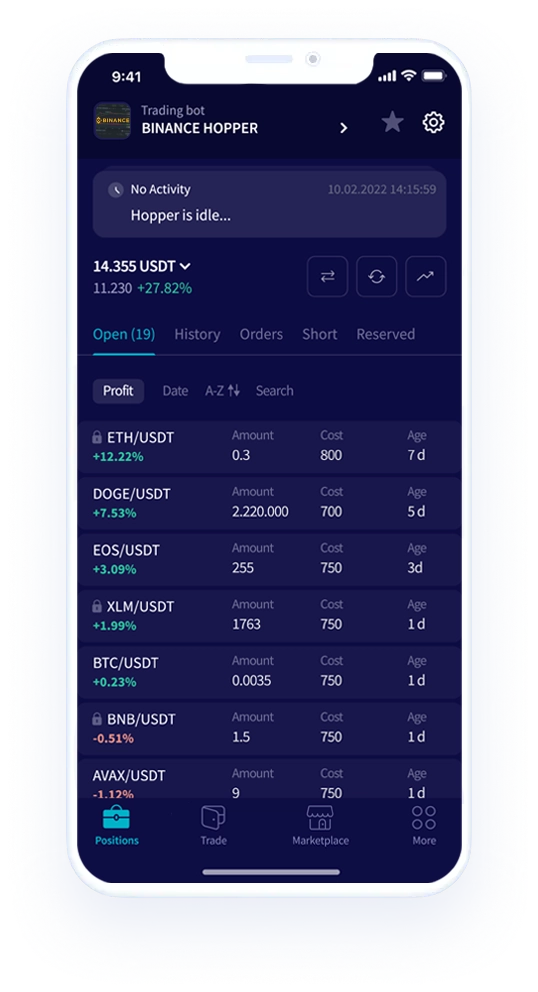JPMorgan Chase Co. has officially launched its blockchain-based deposit token, JPM Coin (JPMD), marking a transformative moment in how major financial institutions approach digital payments and settlements. The token, backed by dollar deposits held at JPMorgan, enables institutional clients to transfer funds instantly around the clock, eliminating the constraints of traditional banking hours and conventional clearing timelines.
According to Naveen Mallela, Global Co-Head of the bank's blockchain division Kinexys, transactions will operate on Base, a public blockchain affiliated with Coinbase Global Inc. This strategic choice of infrastructure allows for faster settlement and continuous transfer of funds without relying on traditional clearing systems that typically process transactions only during business hours.
Pilot Program and Strategic Partnerships
The bank first announced its deposit token plans in June, outlining an early pilot program that would test blockchain-based tokens representing bank deposits. The current testing phase involves prominent institutional partners including Mastercard, Coinbase, and B2C2, demonstrating significant industry collaboration in developing this new payment infrastructure.
JPMorgan has already registered a euro version of the deposit token under the trademark JPME, indicating plans for multi-currency expansion. The bank intends to gradually expand access, initially focusing on clients of its institutional customers before adding other currencies following regulatory approvals. This measured approach reflects the bank's commitment to ensuring compliance while innovating in the digital assets space.
Deposit Tokens vs. Traditional Stablecoins
Deposit tokens represent a distinct category of digital assets that differs fundamentally from traditional stablecoins. While stablecoins are issued by private companies and backed with assets like cash or bonds, deposit tokens are digital versions of bank deposits that can move on blockchain networks and earn interest from the underlying bank deposits they represent.
This distinction provides institutional clients with a more familiar and regulated framework for blockchain-based payment options. Other global financial institutions, including BNY Mellon and HSBC, are also exploring and testing similar deposit token models, indicating a broader industry trend toward blockchain adoption.
JPMorgan's blockchain network, Kinexys Digital Payments, already demonstrates substantial capability, processing more than $3 billion in transactions daily. While this represents a fraction of the approximately $10 trillion handled through its conventional payment systems, it illustrates the growing importance of blockchain technology in institutional finance.
Regulatory Framework and Future Implications
The launch of JPM Coin comes at a pivotal time for digital asset regulation in the United States. The recent signing of the GENIUS Act (Guiding and Establishing National Innovation for U.S. Stablecoins Act) has established a clear framework for stablecoins and blockchain-based payment tokens, requiring issuers to meet stricter standards for reserve holdings, transparency, and operational approval.
For established banks like JPMorgan, which already operate under stringent regulatory oversight, this new framework creates a clearer path to launch blockchain-based products within existing legal structures. Meanwhile, private stablecoin issuers may face increased limitations, potentially shifting the competitive advantage toward regulated financial institutions developing their own digital money systems.
Looking Ahead: JPMorgan's rollout of JPM Coin represents more than a technological advancement; it signals a fundamental shift in how traditional financial institutions view and utilize blockchain technology. As major banks and corporations including Citigroup, Banco Santander, Deutsche Bank, and PayPal continue testing digital asset systems, the financial industry appears poised for a significant transformation in payment infrastructure that could dramatically improve transaction speed while reducing operational costs.

